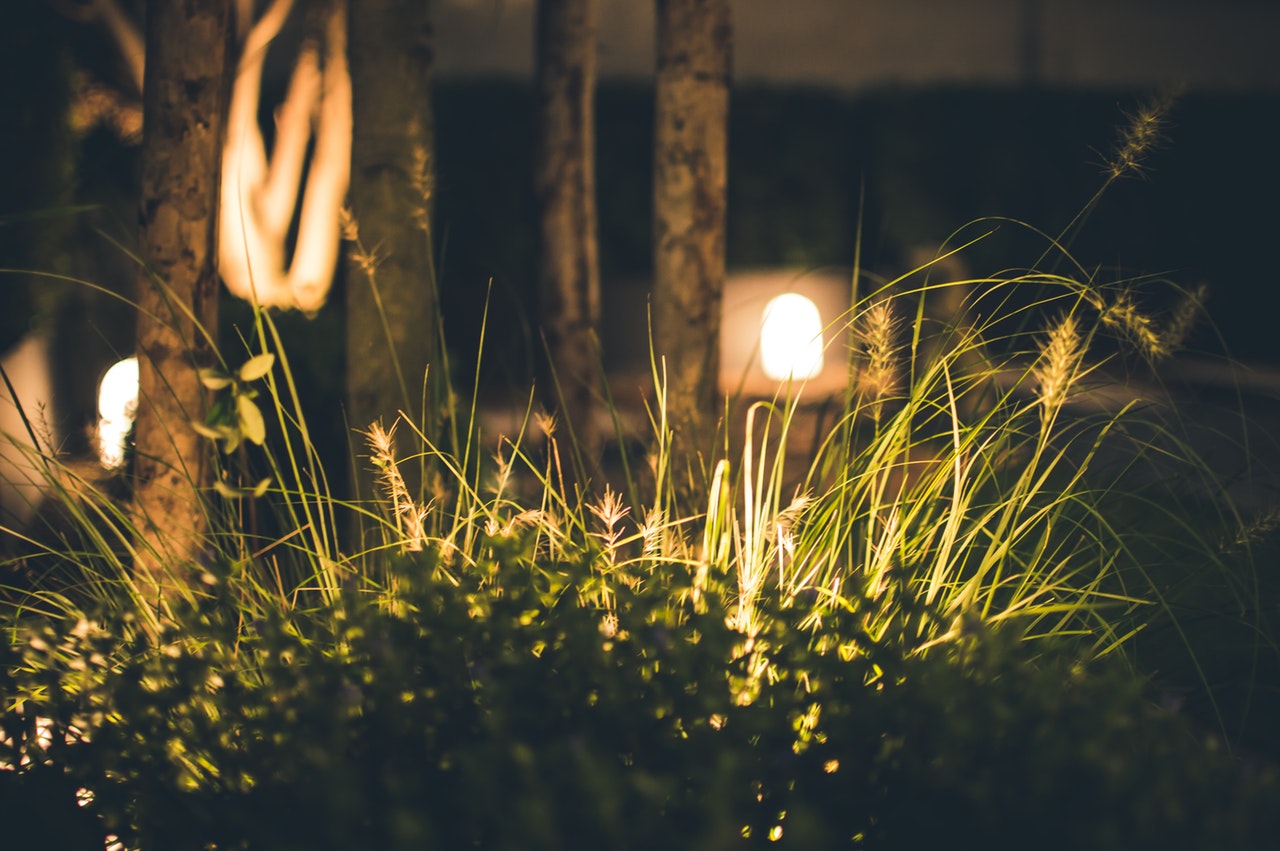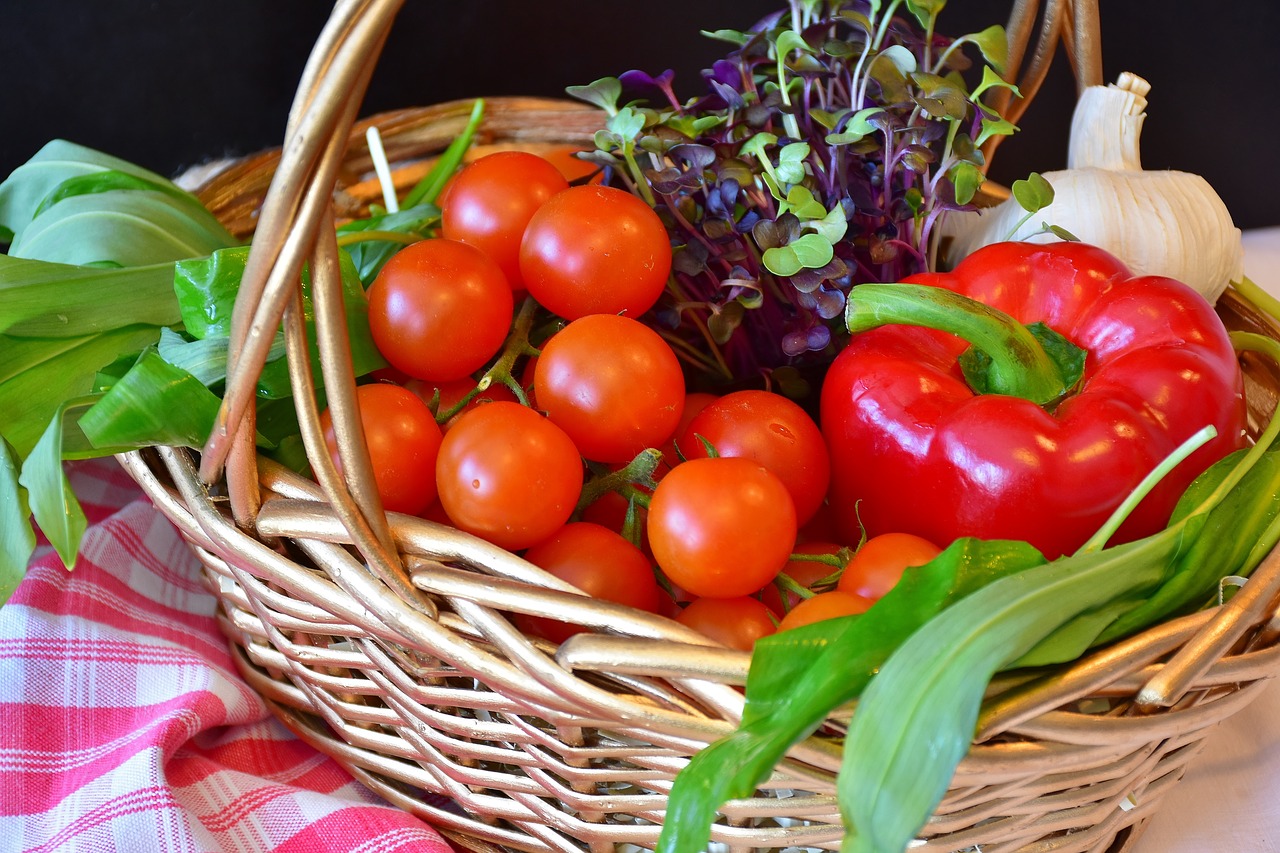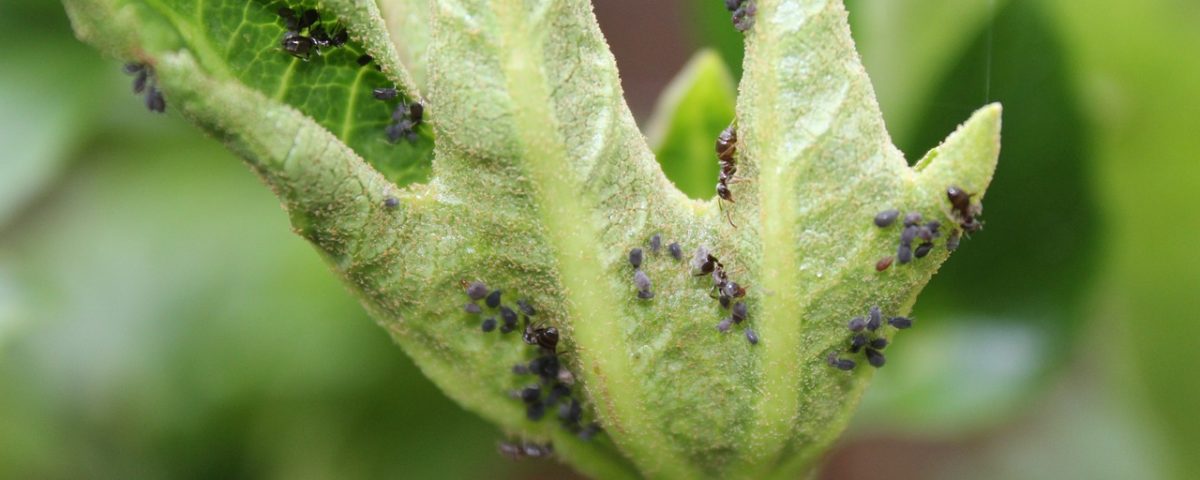
Benefits of Using Lighting in Your Landscaping
January 31, 2019
Limited Space? Try a Container Vegetable Garden
January 31, 2019Houseplants are a huge trend among homeowners today. A few beautiful houseplants can add color and interest to your interior design. What’s more, houseplants are beneficial because they help purify the air inside your home. Unfortunately, when you try to bring the look of the outdoors inside, you may also attract some unwanted visitors. Just like the plants in your garden, houseplants can attract unwanted pests. If left unchecked, the pests in your houseplants can actually kill your plant or spread to other areas of your home. The good news is that most pests can be eradicated with a few simple steps.
Common Pests and How to Get to Rid of Them
Many of the pests that will target your plants indoors are the same ones that are common in outdoor landscapes as well. Some of these pests can be dealt with in a similar way you would handle them outdoors. However, when you’re dealing with indoor plants, there are other cases when pests have to be approached in a different manner. Here are some common houseplant pests and how to deal with them.
Aphids
Aphids are very common in houseplants. If you have a plant with large green leaves, that gives aphids the perfect place to hide. It’s a good idea to check underneath the leaves of your houseplants periodically for aphids. They are very small and sometimes hard to see unless you’re really paying attention. While a few aphids should not harm your houseplant, these tiny insects can reproduce very quickly. A large infestation of aphids can cause the color of your houseplant to dull and even stunt its growth.
If you catch the problem early, getting rid of aphids should be a pretty easy task. Simply take a damp paper towel and rub a small amount of dishwashing liquid on it. Then you can proceed to simply wipe the insects off of the bottom of your plant’s leaves.
Fungus Gnats
If you have flowering plants in your home, they may be a magnet for fungus gnats. Fungus gnats are often misidentified as mosquitos. While they may have a similar appearance, fungus gnats do not bite people or animals. Instead, fungus gnats feed on houseplants, especially those that bloom. Fungus gnats can cause serious damage to your houseplants, even killing them if a plant becomes too infested. A good way to tackle a fungus gnat problem is with sticky traps designed for catching houseflies. You can place these sticky traps on a window near your houseplant or lay them sticky-side-up directly on the soil of your plant. Just be careful not to leave sticky traps where children or pets can get ahold of them.
Mealybugs
You may have seen mealybugs in your vegetable garden in the past. These tiny white insects have the appearance of little lint balls and will usually settle in the nodes of your houseplants. Mealybugs feed on the sap of your houseplants. Over time, this can cause your plants to yellow. If you notice a few mealybugs on your houseplants, it’s best to get rid of them right away. Mealybugs can be removed by taking a cotton swab dipped in rubbing alcohol and simply dabbing it directly on the insects.
Spider Mites
Spider mites are tiny red arachnids that hide on the bottom of your plant leaves. These pests feed on the fluids of your plants, causing small round blemishes in the areas where they’ve fed. With their fluids drained, the leaves targeted by spider mites will quickly begin to yellow and eventually fall off your plant. A spider mite infestation can be very stressful on a plant and may kill it over time. Unfortunately, because they are so small, spider mites often go unnoticed until they’ve caused serious damage to a plant. When an infestation occurs, a telltale sign is usually small patches of spider mite webbing under the leaves of your plants.
Unlike some other pests, spider mites prefer dryer conditions. If you’ve noticed a few spider mites in your plants, you might be able to get rid of them by simply increasing the humidity level around your plant. This can be accomplished by using a simple spray bottle to mist your plants periodically.
Whiteflies
Whiteflies are another outdoor pest that can make its way inside your home. Whiteflies are tiny winged insects that hide underneath the leaves of your houseplants. Like some other pests, they feed on the sap of your plants. This can lead to serious health problems in your plant such as delayed growth and yellowing leaves. In addition, whiteflies are known to transmit plant-specific diseases, so you should do everything you can to avoid them in your home.
The best way to get rid of and control whitefly populations is to prevent them from attaching to the leaves of your plants. This can be accomplished by using a specialized plant oil that can be rubbed on directly on the leaves of your plants. The oil will create a slick surface on your houseplants, making it impossible for most pests to feed on their sap. Without a food source, your pest populations will quickly dwindle down to nothing.
Notes on Watering
Nearly all pests that target houseplants tend to thrive in moist conditions. For that reason, it’s very important that you do not overwater your houseplants. Planting your houseplants in pots that have ample drainage is a good way to avoid overly saturated soil. What’s more, overwatering is not good for your houseplants in general. When we water houseplants too much, it can cut off oxygen to the roots of your plants.
Utilizing the appropriate soil for your particular plant will also help you control the moisture level in our pots. When you need soil for your plants, come into Cal Blend Soils where we carry the largest selection of landscaping and gardening supplies in the areas. Our dedicated team can even help you create a custom soil blend that is perfect for helping your houseplants thrive.


